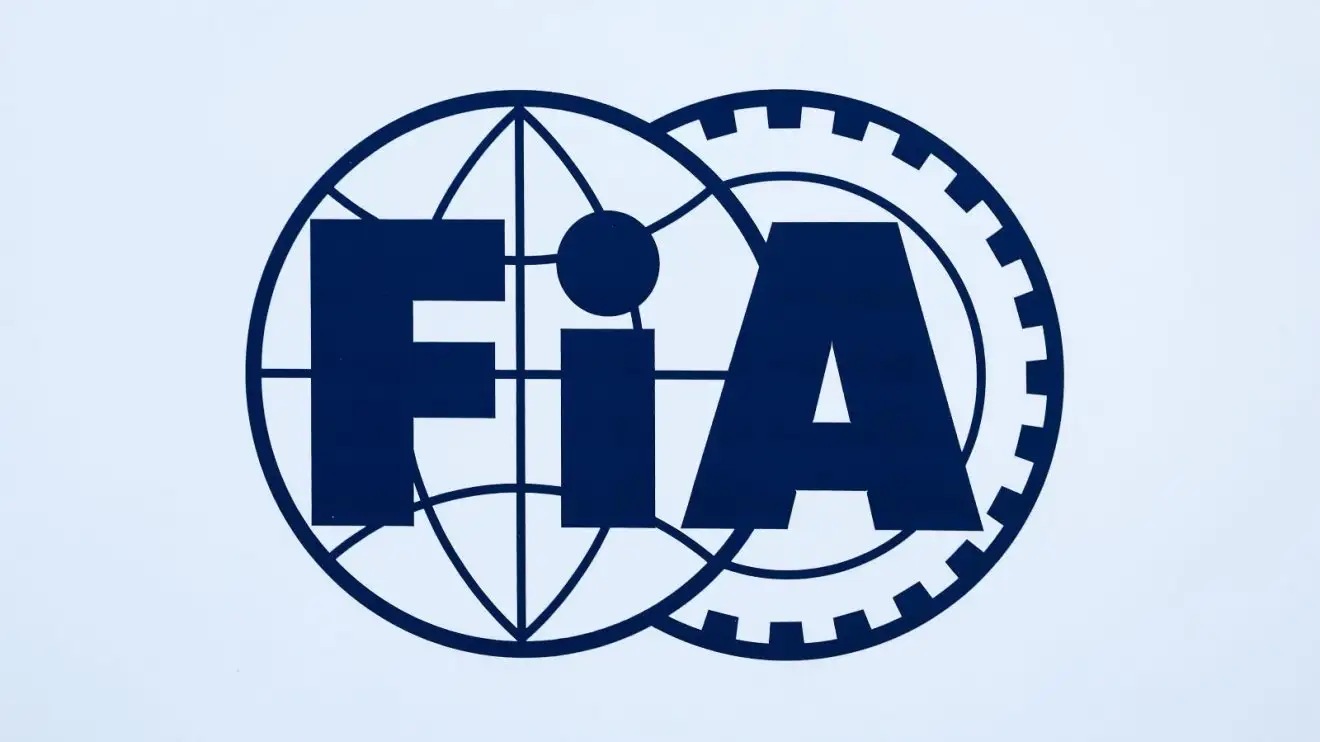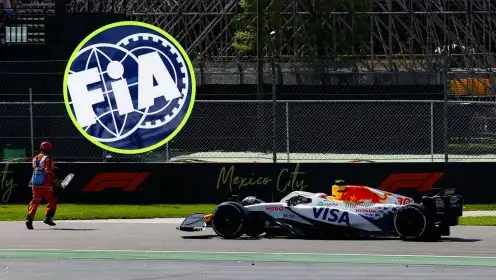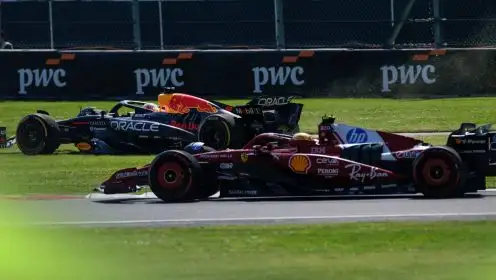FIA issues new F1 driving standards and penalty points update

The logo of the FIA.
The FIA has released the stewards’ guidelines for offences to be handed penalty points in Formula 1, along with the sport’s driving standards guidelines.
The release has been made with transparency in mind, offering the opportunity to see how stewards’ penalties are calculated, while making the acceptable driving standards in Formula 1 publicly available.
FIA publicly releases F1 stewards’ penalty point guidelines
While neither the FIA’s driving standards guidelines nor guidelines for penalties and points hold any regulatory value, the release of the document by which the stewards refer is aimed at giving insight into their decision-making process.
The documents, released by the governing body, make clear the offences which can be awarded penalty points, in the context of free practice, qualifying, and the race itself.
These guidelines have been available to the FIA for over a decade, but FIA president Mohammed Ben Sulayem says their public release will help fans and the Formula 1 media understand the rationale behind stewarding decisions.
He said: “FIA Stewards perform a hugely complex task, not just in Formula 1 but across all of our championships, and they do this voluntarily, with great passion and commitment. That dedication is all too often met with extreme and wholly unwarranted criticism.
“To demonstrate the rigour with which they pursue their role, we are today publishing the Penalty and Driving Standards Guidelines that assist them with their decisions. This will give fans and members of the media a much deeper and more accurate insight into how decisions are made in Formula 1.
“The Penalty Guidelines have been a core tool for almost a decade while the Driving Standards Guidelines introduced in 2022 and constantly updated have brought the most important voices, those of the drivers, to the table to create a genuine reference for certain racing situations.”
More on penalty points in Formula 1 and what they mean
👉 F1 penalty points: Which driver is closest to a one-race ban?
👉 F1 jargon decoded: Breaking down what key Formula 1 words mean
Mercedes driver George Russell, who acts as director of the Grand Prix Drivers’ Association, added: “Greater transparency within the governance of our sport is an important issue and this is a useful step in that direction.
“Hopefully it will be beneficial for the sport to give the media and fans a clearer understanding of the rules of engagement when we’re racing on track, and to help them understand how the stewards reach their decisions.”
As for the sport’s driving standards guidelines, they were updated following a meeting at the 2024 Qatar Grand Prix, with these revealed ahead of the 2025 season to clarify what is and is not within the bounds of racing rules.
While still guidelines and not official rules, these include the stipulation for overtaking drivers to be at least alongside the mirror of the car ahead before and at the apex of a corner while on the inside, along with guidelines around handing places back, track limits and clarifying that only one move to defend a position is acceptable.
What kinds of offences can land drivers F1 penalty points?
Each Formula 1 driver must not exceed 12 penalty points on their Super Licence within a rolling 12-month period, else they will receive a one-race ban.
Penalty points can be accrued for a list of around 100 different infringements in Formula 1.
Below is a list of examples of offences which can carry penalty points, with some also bringing time penalties in race conditions:
- Unsafe release from the pit box at the fault of the driver
- Safety Car infringements (speeding under VSC conditions, overtaking under both SC and VSC conditions, failing to keep within 10 car lengths of the car ahead or Safety Car itself, overtaking while entering the pit lane under these conditions, etc.)
- Driving unnecessarily slowly or erratically
- Failure to stop at a red light in the pit lane
- Failure to respect on-track flag signals
- Moving under braking
- Impeding another driver with intent
- Forcing a driver off-track
- Causing a collision
- Unsafely rejoining the circuit
Of these, the FIA revealed the guidelines state that the highest-tariff offence is failure to respect a black flag (disqualification) or black-and-orange flag (instruction to pit for a car being in an unsafe condition), both of which result in a race disqualification and up to five penalty points.
Read next: Brad Pitt opens up on Lewis Hamilton track day in return after Abu Dhabi 2021





